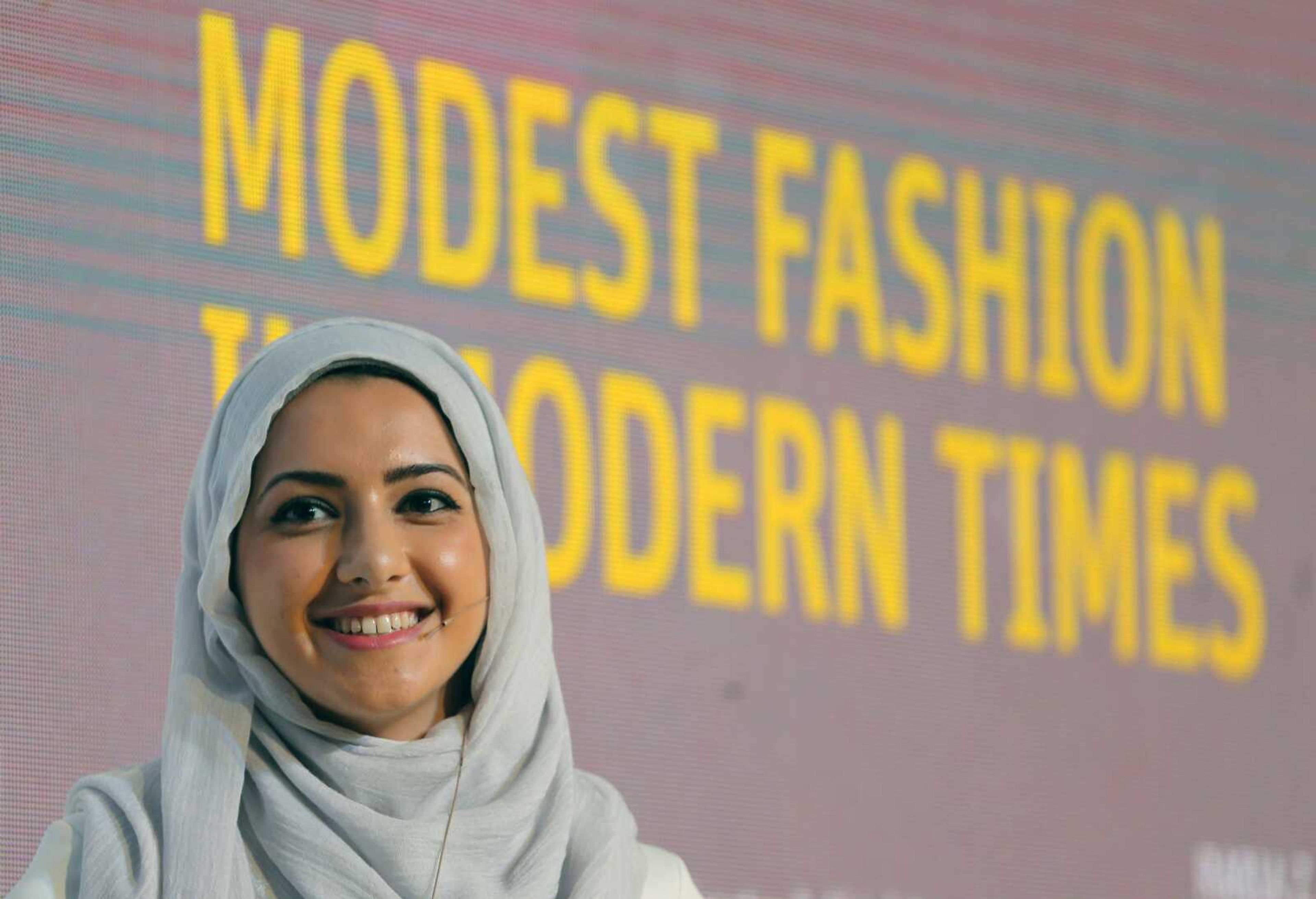Muslim hijabi hipsters fusing fashion with faith
DUBAI, United Arab Emirates (AP) -- Fashion-conscious Muslim women from Kuala Lampur to Los Angeles who wear the Islamic headscarf, known as the hijab, have had to get creative...
DUBAI, United Arab Emirates (AP) -- Fashion-conscious Muslim women from Kuala Lampur to Los Angeles who wear the Islamic headscarf, known as the hijab, have had to get creative.
By fusing both their sense of fashion with their faith, this growing group is reinterpreting traditional notions of what it means to dress conservatively. They're spawning a new market for niche fashion brands and finding unexpected supporters among some mainstream brands, as well as from conservative Christian and Orthodox Jewish women who also dress modestly.
"We want to be current in fashion and adhere to the tenets of our faith," said Ibtihaj Muhammad, who owns Louella, a fashion brand catering to women who combine modest dressing with fashion.
The Los Angeles-based brand has sold nearly 4,000 pieces since its launch three months ago. Muhammad, a professional athlete and member of the United States fencing team, said she struggled trying to find long-sleeved, floor-length dresses to wear when she traveled on speaking tours on behalf of Team USA and the State Department.
Her line, which includes floor-length sheer cardigans and dresses, ranges from $45 for a colorful, Picasso-inspired print cardigan to $100 for a pink lace, empire-cut dress. Though there are countless Muslim-owned companies around the world making clothes that cater to women who wear the hijab, many are selling traditional black-flowing robes known as abayas.

"I just got tired of spending money and chasing this idea of this perfect modest dress," she said.
Some mainstream designers also have started to cater to this growing demand for stylish modest wear. This summer, DKNY released a collection during the Islamic holy month of Ramadan that sold exclusively in the Arabian Gulf. Karl Lagerfeld also brought his Chanel Cruise Collection this year to Dubai, unveiling designs inspired by the rich culture and patterns of the Middle East.
Still, the market is ripe for more investment said Albert Momdijan, founder and CEO of Dubai-based Sokotra Capital.
"The Muslim population is the second largest population in the world with roughly 1.8 billion people, so it's a large population that you definitely cannot ignore. And 50 percent are below the age of 25," he said. "It's a young population, it's a growing population and it's a large addressable market."
The hipster hijabi movement is the byproduct of a young generation of Muslim women coming of age. It grew organically and continues to take on new meaning by the women who embrace it.

Summer Albarcha coined her photo-sharing Instagram account "Hipster Hijabis" in 2012, when the teenager from St. Louis, Missouri, was just 16. She now has almost 23,000 people following her on Instagram. Her loyal following prompted New-York based label Mimu Maxi, run by two Orthodox Jewish women, to send her one of their popular maxi skirts to model.
The collaboration caused a stir, with many Jewish customers blasting Mimu Maxi for featuring a Muslim woman in hijab. Albarcha says the experience only reaffirmed the universal struggle women of all faiths and backgrounds have when trying to find stylish, conservative pieces to wear.
"It came out that our ideas of wanting modest fashion and in promoting it is something really similar and something we have in common between our religions," she said. "We should both be working together to embrace this idea and expand it."
There are also challenges from within the Muslim community, as well. Women in hijab wearing eye-catching styles often find themselves at odds with conservatives who say hijab should be about covering a woman's beauty and concealing it from strangers.
"People are resistant to change and people like to keep things the same," said fashion blogger Maria Al-Sadek. "It's just like a stigma to be stylish and resemble Western wear sometimes."
Last year, a group called Mipsterz, or Muslim Hipsters, made a short video of a group of American Muslim women skateboarding in heels and showing off their ultra-stylish hijabi styles. The video drew mixed reactions, including criticism from people who thought it bent too much toward Western notions of beauty and went against Islamic principles of humility.
Marwa Atik, 23, was in the video and saw it as a chance to position her fashion line, Vela Scarves, which she produces in Los Angeles.
The graduate of Fashion Institute of Design and Merchandising in Los Angeles says she sold more than 3,200 scarves last year and plans to expand her offerings to include apparel.
For her, wearing the headscarf has never been a barrier to being fashionable.
"It's very easy to get into the stereotypes and start to feel insecure," she said. "I made sure people see me as I see me."
Fashion insider Bong Guerrero, founder and CEO of Fashion Forward, a platform in Dubai for local designers to showcase their collections, says the explosion of design-oriented clothing has given "a new perspective on hijabi style."
"Because hijabi has an archaic and demure connotation, adding hipster to it adds color and fun," he said, but "is it modest fashion? It is conservative fashion? Is it Islamic fashion?"
For Atik in trend-setting California, the word "hipster" is already out of style. But modesty, she says, is here to stay.
"I am not looking at the name of hipster, but the hijabi girl that is much more stylish," she said.
Connect with the Southeast Missourian Newsroom:
For corrections to this story or other insights for the editor, click here. To submit a letter to the editor, click here. To learn about the Southeast Missourian’s AI Policy, click here.









